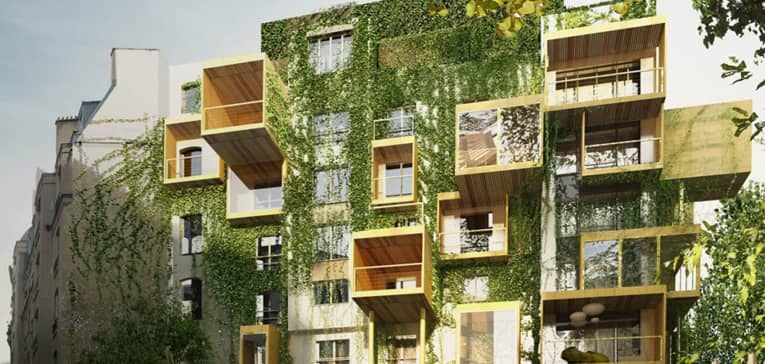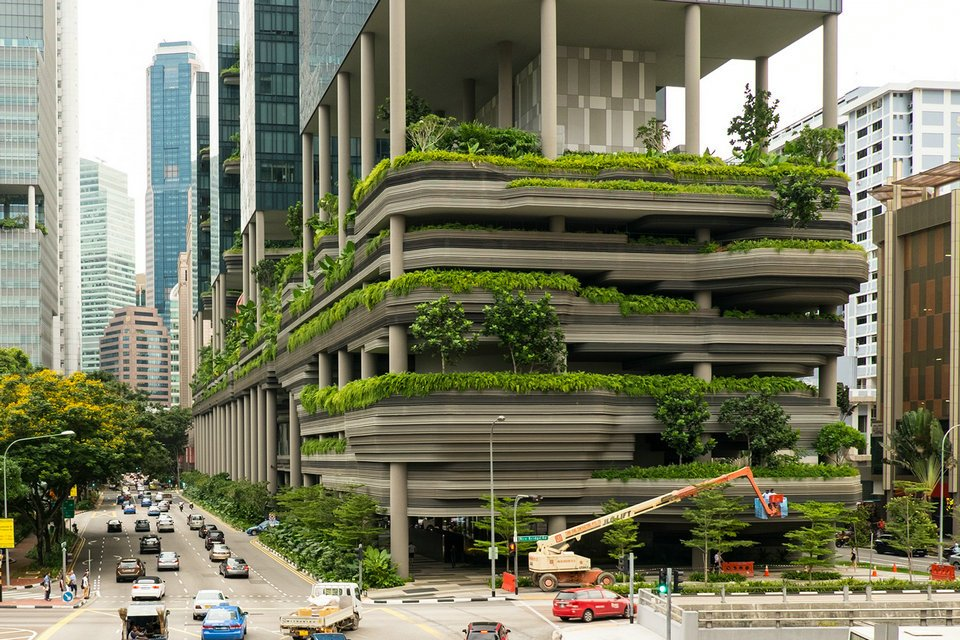
Smart Technologies for Green Building Management
Introduction:
In the quest for sustainable and energy-efficient urban development, the integration of smart technologies has become a cornerstone of modern green building management. As the global community acknowledges the imperative to reduce environmental impact, smart technologies offer innovative solutions to monitor, optimize, and enhance the performance of green buildings. This article explores various smart technologies and their applications in the realm of green building management.
1. **Building Automation Systems (BAS):**
Building Automation Systems, or smart building systems, form the backbone of green building management. These systems control and monitor a building’s mechanical, electrical, and plumbing (MEP) systems. From lighting and HVAC (heating, ventilation, and air conditioning) to security and access control, BAS ensures that these systems operate efficiently and sustainably. Automated controls adjust settings based on occupancy, weather conditions, and other factors, maximizing energy efficiency.
2. **Energy Management Systems (EMS):**
Energy Management Systems are integral to optimizing energy usage within a building. By employing sensors, meters, and real-time data analysis, EMS allows for the monitoring and control of energy consumption. This technology helps identify areas of inefficiency, enabling building managers to implement strategies to reduce energy waste, lower utility costs, and decrease the overall carbon footprint.
3. **Smart Lighting Systems:**
Smart lighting systems contribute significantly to energy conservation. These systems use sensors to adjust lighting levels based on natural light availability and occupancy. Additionally, they may incorporate LED technology, which is energy-efficient and longer-lasting compared to traditional lighting sources. Smart lighting not only reduces energy consumption but also enhances occupant comfort and well-being.
4. **Renewable Energy Integration:**
Integrating renewable energy sources, such as solar panels and wind turbines, into building design is a key aspect of green building management. Smart technologies enable the efficient harnessing and distribution of renewable energy, ensuring that the building operates on a cleaner and more sustainable power supply.
5. **IoT (Internet of Things) Sensors:**
The Internet of Things plays a pivotal role in green building management by connecting devices and systems to a centralized network. IoT sensors collect real-time data on temperature, humidity, air quality, and other environmental parameters. This data is then analyzed to optimize building conditions, reduce energy usage, and enhance overall operational efficiency.
6. **Occupancy and Space Utilization Monitoring:**
Smart technologies provide tools to monitor occupancy patterns and space utilization within a building. By analyzing this data, building managers can optimize layouts, HVAC systems, and lighting to match the actual needs of the occupants, thereby reducing unnecessary energy consumption in underutilized areas.
7. **Water Management Systems:**
Smart water management systems help conserve water resources by monitoring usage, detecting leaks, and optimizing irrigation systems. These technologies contribute to sustainable water practices, an essential aspect of green building design.
Conclusion:
The adoption of smart technologies in green building management represents a paradigm shift in the way we design, construct, and operate buildings. As the demand for sustainable urban development grows, leveraging these technologies becomes crucial for reducing environmental impact, enhancing energy efficiency, and creating healthier, more comfortable living and working spaces. By embracing the power of smart technologies, the building industry can play a pivotal role in the global effort to create a more sustainable and resilient future.



